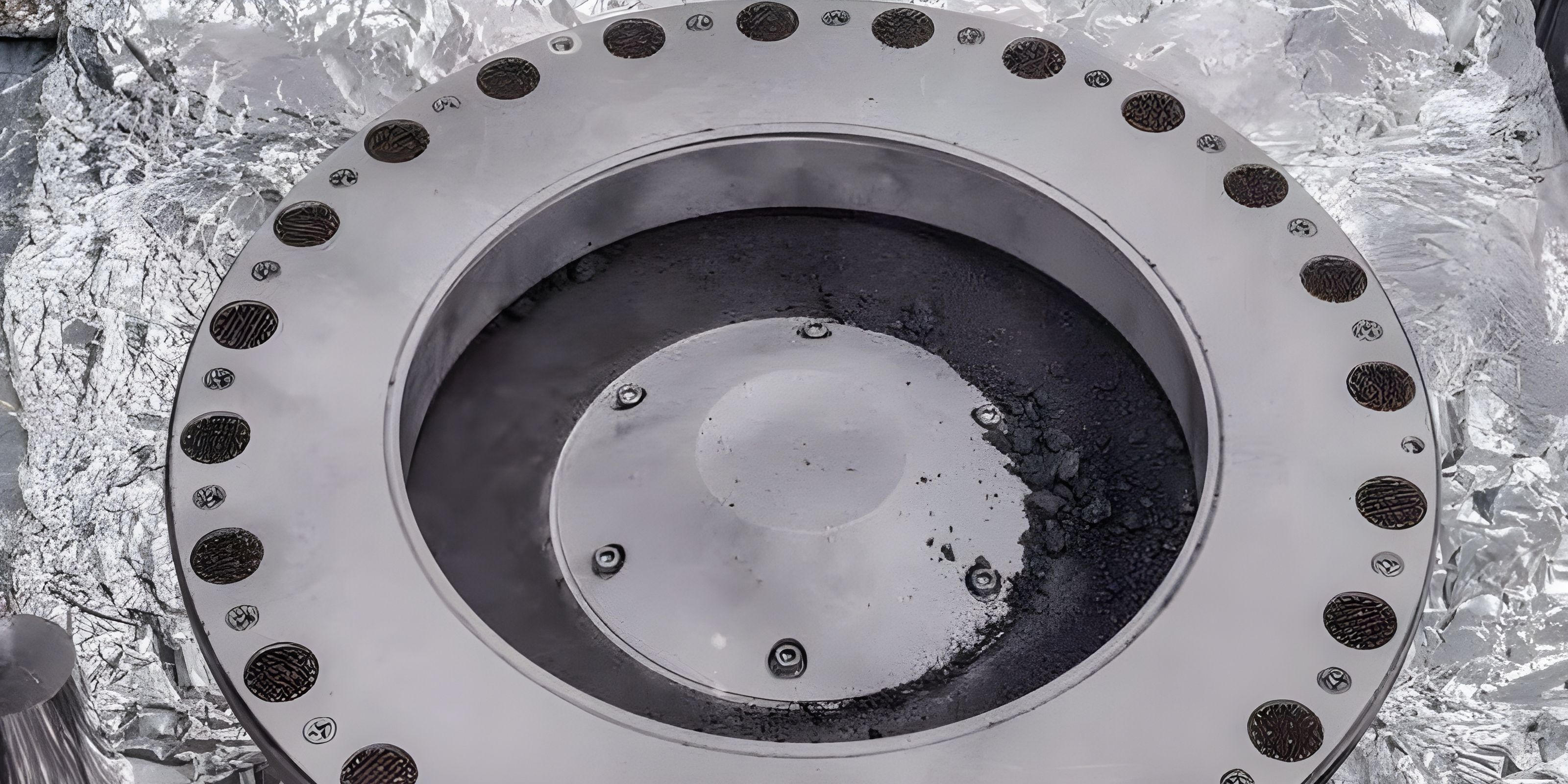
Last month, NASA’s OSIRIS-REx spacecraft garnered global attention as it successfully delivered a cache of asteroid Bennu’s regolith, unlocking a potential treasure trove of knowledge about the origins of our solar system and the possibility of extraterrestrial life.
Initiated in 2016, the mission sought to unravel the enigmas concealed within the rocks and debris of Bennu. With the arrival of these invaluable samples, scientists have already stumbled upon riveting revelations. The dark, carbon-rich rocks from Bennu hint at the presence of vital ingredients for life, accompanied by subtle indications of water.
Remarkably, this water isn’t in its liquid form but rather ensnared within mineral structures. Jason P. Dworkin, the project scientist for OSIRIS-REx, has emphasised the team’s vigilant search for minute water pockets nestled within mineral grains. Comparable discoveries have been made in select meteorites, and they could hold the key to profound insights.
The samples are proving to be a goldmine of data. Leveraging a diverse array of analytical tools such as scanning electron microscopes, infrared imaging, X-ray diffraction, and chemical element analysis, scientists have embarked on a preliminary journey to decipher the composition of the regolith.
Intriguingly, the team has refrained from accessing the interior of the sample canister, opting to examine what they’ve aptly dubbed as “bonus” material found on the collection apparatus, canister lid, and base. A 3D computer model of one such particle has unveiled substantial carbon content and concrete evidence of water, both meticulously encased within.
The inky hue of the samples owes itself to elevated carbon levels and the presence of magnetite, a mineral ubiquitous on Earth. While textural details are pending, researchers have meticulously handled minute particles to thwart any risk of contamination. Comprehensive density measurements, anticipated next month, promise to offer deeper insights into these captivating samples.
The OSIRIS-REx team harbors twelve significant hypotheses regarding these samples. These encompass the quest for organic compounds that are fundamental for life, as well as insights into the rich tapestry of our solar system’s history. Importantly, portions of the regolith are being dispatched to institutions worldwide for meticulous analysis, with substantial reserves earmarked for future research endeavors.
Jason P. Dworkin eloquently expressed his hopes, stating, “My greatest aspiration is that future generations of scientists will unearth revelations beyond my imagination, fueled by innovative techniques and novel ideas, courtesy of the 70% of the sample slated for future study.”
In the coming weeks, months, and years, the global scientific community eagerly anticipates a plethora of revelations from these extraordinary samples. To borrow Dworkin’s metaphor, what we’ve seen thus far is merely the appetiser; the main course promises to be nothing short of spectacular. This mission stands as a testament to humanity’s unquenchable thirst for knowledge, offering a glimmer of hope for profound discoveries concerning our cosmic origins.
.thumbnailWrapper
width:6.62rem !important;
.alsoReadTitleImage
min-width: 81px !important;
min-height: 81px !important;
.alsoReadMainTitleText
font-size: 14px !important;
line-height: 20px !important;
.alsoReadHeadText
font-size: 24px !important;
line-height: 20px !important;








![Read more about the article [Funding alert] Online marketplace IsGoingOnline raises Rs 1.5 Cr in pre-Series A round](https://blog.digitalsevaa.com/wp-content/uploads/2021/08/FI0012-1629899092550-300x150.png)


